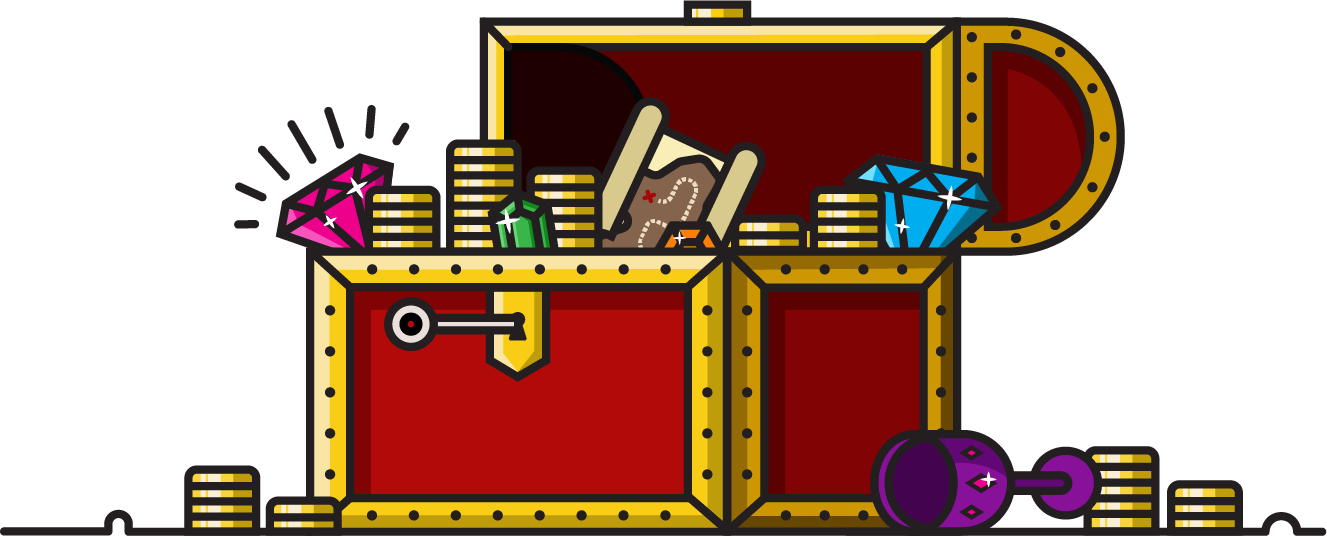On this episode of the Customer Loyalty Space podcast, loyalty experts Barry Kirk, the VP of Loyalty Strategy for Maritz Motivation Solutions, and Ashley Tate, the Director of Marketing at BigDoor, share pet peeves from their experiences in the loyalty marketing space.
The two loyalty program gurus also provide insight into what other customer loyalty programs can do in order to avoid such mistakes.
1. A Discouraging Velocity to Earn
“Velocity to earn,” as Kirk puts it, is how fast a customer can earn rewards in a given loyalty program. From a customer’s standpoint, there are certain things to look at before signing up for a loyalty program. They will ask themselves two basic questions:
- How much will the program give me?
- How quickly will I earn enough equity in order to gain some benefit or move up in the program?
Unfortunately for many loyalty programs, the velocity to earn is awful, and it takes a customer far too long to earn a reward. As a result, many customers disengage from loyalty programs because they’re savvy enough to calculate their potential for real returns.
2. Loyalty Program Fragmentation
Fragmentation is seen when companies make their customers login to their service multiple times. What customer would want to join a program when they’re made to login six to seven times and complete nearly identical steps just to get a measly reward in the end?
This is Tate’s biggest point of contention with loyalty programs. As a “nerd for beautiful design,” she espouses a fluid look and feel between a brand’s many different touchpoints. In other words, user experience should always be a priority.
3. Negative Mobile Experiences for Customer Reward Programs
For some reason, many brands have yet to discover that they should be building programs for a mobile experience first rather than relegating mobile to a second- or third-screen add-on experience.
In fact, many reward programs continue to design their sites as if it will be accessed on a desktop computer and that some users may incidentally jump into the mobile version. But what actually happens is entirely the opposite, and customer loyalty reward programs need to program to that end.
4. Negative Social Experiences in Loyalty Programs
Social media has existed long enough for marketers to figure out how to use it well by now, yet few compelling social media marketing strategies for rewards programs have been developed.
Fortunately, there are many tools available to make a loyalty program truly social. The social experience should go hand-in-hand with the mobile experience, as marketers should always follow their own advice to “go where the people are.”
5. Inefficient Customer Rewards Analytics
As a marketer today, there’s little point in marketing unless the effect can be measured. In addition to discovering what’s working and what’s not, analytics provide insight into what a customer rewards program may have yet to even conceive, as well as showing at what point the onboarding process has lost customers.
Moreover, it’s worth noting that loyalty is a highly quantifiable medium. The more that companies can measure and prove a program’s success through data, the better the loyalty program should be, both for its participants and its company.
6. Unclear Loyalty Rewards Program Onboarding Strategies
If a company fails to adequately track their reward members’ data, they’re letting newly acquired program members slip through the cracks. Without a well-conceived and specific onboarding strategy, such companies could see their user numbers significantly drop in the first month of the program.
Barry illustrated an engagement curve with a huge peak in enrollment that almost immediately fell off. Such a drastic down-curve shows that it’s common for new program members to quickly disengage if they see they’re not receiving anything worthwhile from a rewards program.
7. Vague Value Propositions
Kirk refers to vague customer reward programs as the “Why am I in this program again?” type. Their benefits are not explicitly stated when a new user signs up, and communication is unclear as to what it means to be a loyalty program member.
8. Random Rewards, Random Membership
Another pet peeve Kirk cited was the randomness of some loyalty programs, referring to these as “slot machine” programs. Essentially, there are no rules to the program. For instance, everyone who swipes a card earns a reward without really knowing why they received it.
Kirk and Tate run into these issues again and again, but are quick to remind companies that these types of loyalty programs all make a basic mistake: placing marketing before people. For them, successful customer loyalty rewards programs are a simple way for brands to say “Thank you” to their customers and for their customers to return the favor the next time they interact with the brand.
To keep up to date on the latest in loyalty and engagement, subscribe to the Customer Loyalty Space on iTunes!
For more on setting up your own customer rewards program, visit Maritz Motivation Solutions or BigDoor.

